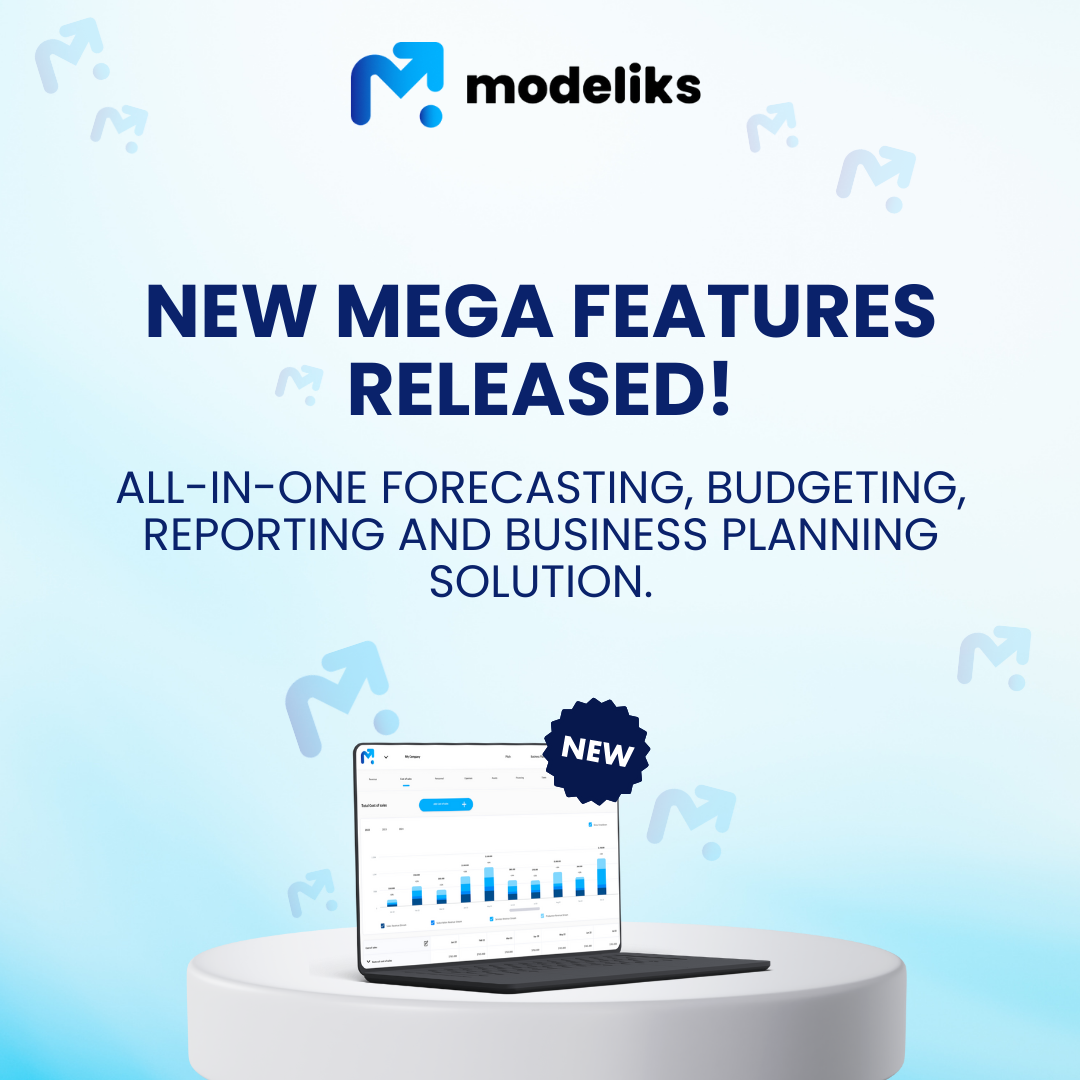A standout pitch deck seamlessly blends storytelling, data, and strategy. It presents your business as a beacon of potential to investors. The business model slide is central to this narrative. This core element explains how your venture will generate profits and deliver value. Therefore, understanding how to craft an effective business model slide is crucial for communicating your business’s sustainability and growth potential. Let’s delve into the key components and strategies for making this slide a highlight of your pitch deck.
Essential Components of a Business Model Slide
Your business model slide does more than outline how you plan to make money. In essence, it provides a comprehensive view of your company’s framework for creating, delivering, and capturing value. Important elements include:
- Clearly Outline Your Business Model: Detail how your company creates value for customers, delivers this value, and captures financial value in return. Include a thorough explanation of your revenue streams, cost structure, customer segments, and distribution channels.
- Revenue Streams and Cost Structure: Describe the mechanisms through which your business will generate income, such as direct sales, subscriptions, or licensing fees. Support this with data or projections to showcase the revenue potential of your business model. Also, communicate the fundamental costs involved in operating your business. This transparency builds trust with potential investors.
- Customer Segments and Value Propositions: Identify the specific groups your business aims to serve. Highlight the unique benefits and solutions your product or service offers to meet customer needs.
- Scalability and Sustainability: Discuss how your business model supports current operations and enables scalability and long-term sustainability. For investors seeking businesses with high growth potential, this aspect is crucial.
- Channels: Explain how your products or services will reach your target audience, whether through online platforms, retail distribution, or direct sales.
Strategies for an Impactful Business Model Slide
Creating a business model slide is an intricate process requiring precision, creativity, and strategic thinking. Here are tips to make your business model slide stand out:
- Keep It Concise and Focused: Present your business model clearly and concisely, avoiding unnecessary jargon or technical details. Use bullet points, icons, and graphs for easy understanding.
- Highlight Competitive Advantages: Detail any proprietary technology, partnerships, or unique approaches that give you an edge in the market.
- Visual Appeal Matters: An engaging design can make your slide memorable. Use your brand’s colors, high-quality images, and clean layouts to engage the audience.
Modeliks: Elevating Your Pitch Deck
Creating the perfect business model slide can be daunting, but you don’t have to do it alone. Mode liks offers a suite of tools designed to streamline the process of creating a business model and integrating it seamlessly into your pitch deck. From generating precise revenue models to visualizing your cost structure, Modeliks empowers you to build a compelling narrative around your business strategy.
In conclusion, the business model slide in your pitch deck is a critical element that requires thoughtful preparation and strategic presentation. By focusing on clarity, competitiveness, scalability, and engaging design, you can create a slide that effectively communicates the essence of your business to potential investors.








